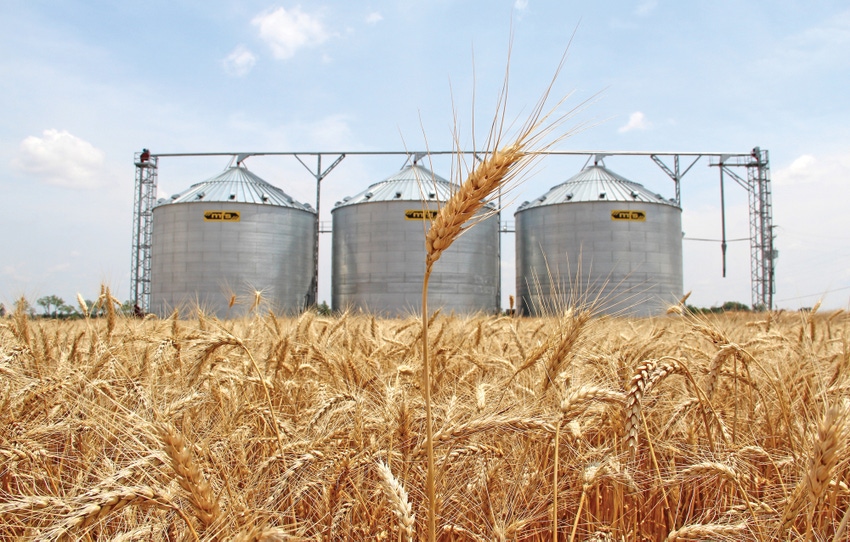July 11, 2012

Wheat prices have been going up like a stampede of cattle. The question is: “Can the cowboys circle the herd or is there a cliff up ahead?” An analyst warned that, “prices tend to go up on a staircase and down the elevator shaft.” I added, especially if the price rally is mostly caused by another commodity.
On June 13, Oklahoma and Texas cash wheat prices bottomed out. For many elevators, the low price was near $6 a bushel. Fifteen market days later, Oklahoma and Texas cash wheat prices were near $8.
In 13 trading days, the Kansas City Board of Trade (KCBT) September wheat contract price increased $1.78.The KCBT December wheat contract price increased $1.71. These price increases have happened with little change in the wheat supply and demand situation.
In the June 12 World Agricultural Supply and Demand Estimates, the USDA lowered the wheat 2012/13 marketing-year ending stocks from 735 million bushels to 694 million bushels. Ending stocks were estimated to be 728 million bushels in 2011/12 and the five-year average is 710 million bushels.
From the May to June WASDE reports, world wheat ending stocks were lowered from 6.91 billion bushels to 6.83 billion bushels. World wheat ending stocks were 7.2 billion bushels in 2011/12 and the five-year average is 6.51 billion bushels.
The U.S. wheat stocks-to-use ratio was lowered from 30.7 percent in May to 29.1 percent in June. The 2011/12 stocks-to-use ratio was 32.3 percent and the five-year average is 29.1 percent.
From May to June, the world stocks-to-use ratio was lowered from 27.4 percent to 27.2 percent. The 2011/12 world stocks-to-use ratio was 28.1 percent and the five-year average is 27.1 percent.
Ukraine, Russia
Ukraine and Russia are now harvesting their 2012 wheat crop. Reports indicate that, as expected, yields are about 40 percent less than last year.
Reports indicate that Argentina’s planted wheat acres may be 20 percent less than last year and some analysts lowered their U.S. spring wheat production estimates.
The five-year average Oklahoma/Texas Panhandle cash wheat price is about $6.05. With U.S. ending stocks slightly less than and the stocks-to-use ratio equal to the five-year averages, it is difficult to justify $8 wheat.
In the last 13 trading days, the Chicago Board of Trade December contract corn price has increased from $5.06 to $7.08. Based on projected corn production, use and ending stocks, Allendale, Inc. estimated that the CBT December corn contract price would peak at about $7.25.
In the June WASDE, corn production was estimated to be 14.79 billion bushels. This estimate was based on 166 bushels per acre and 89.1 million harvested acres.
Because of hot dry weather, projected corn yields have been lowered. Using 154 bushels per acre and 89.1 million harvested, production would be 13.72 billion bushels.
Using USDA’s corn marketing-year corn use and exports, 2012/13 corn ending stocks would decline from June’s 1.88 billion-bushel estimate to 810 million bushels. Ending stocks below 850 million bushels justifies current corn prices.
Historically, in short crop years corn prices peak in late August or early September. When corn prices peak, wheat prices will probably peak. The wheat marketing-year wheat prices trend is normally set in late August and/or early September.
Producers must have a marketing plan. Slight modifications are acceptable. If the plan was to sell in one-third increments and one-third has been sold, consider selling a small percentage of the remaining wheat on this rally.
If you need $8 wheat to make ends meet, sell a higher percentage. As seen over the last three weeks, situations and prices change rapidly.
You May Also Like




